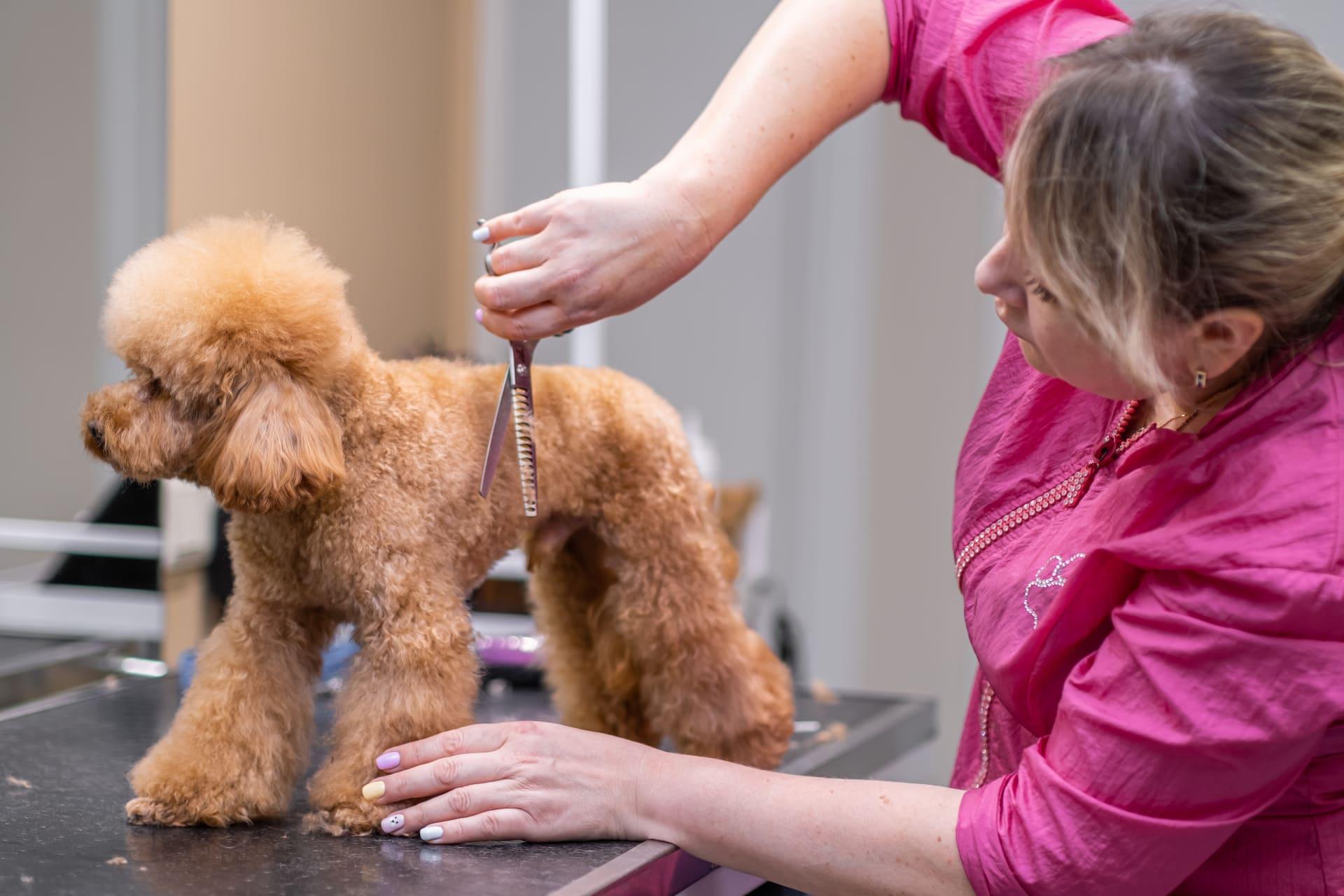Seasonal shedding is a universal experience for pet parents, transforming homes into a battleground against pet hair. This natural process, driven by temperature and daylight, is essential for pets' health, allowing coat adaptation. While stopping shedding is impossible, understanding its nuances is the first step towards effective management and a harmonious living environment.
The sheer volume of fur can be overwhelming, causing concerns about cleanliness, allergies, and pet well-being. Excessive shedding leads to matting, skin irritation, and hairballs. For pet parents, constant vacuuming and lint rolling become frustrating, impacting the enjoyment of pet ownership during these periods.
Addressing seasonal shedding requires a multifaceted approach beyond simple brushing. It involves diligent grooming, nutritional support, and environmental control. A proactive strategy manages visible signs and significantly contributes to your pet's overall comfort and health, ensuring a vibrant coat year-round.
CreativeBoostCenter understands these challenges, providing practical advice for navigating shedding season. By implementing thoughtful routines and using the right tools, you can significantly reduce shedding's impact, transforming a messy period into a manageable one. This guide helps you thrive during peak shedding, fostering a cleaner home and happier pet.
1. 🐾 Understanding the Shedding Cycle and Effective Grooming
-
Shedding is a biological imperative, replacing old hair follicles, influenced by genetics, diet, hormones, and seasonal shifts. Understanding your pet's breed characteristics and typical shedding patterns is crucial for anticipation. Different coat types require tailored grooming for effective loose fur management.
Effective grooming is key. Investing in the right tools, like deshedding brushes, is paramount. Regular brushing, ideally daily during heavy shedding, removes loose hair, stimulates circulation, and distributes natural skin oils, promoting a healthier coat. Professional grooming services offer specialized deshedding treatments, reducing home fur for weeks.
2. 🍎 Nutritional Support and Environmental Control
-
A diet rich in omega-3 and omega-6 fatty acids boosts coat health, reducing shedding by strengthening hair and skin. Adequate hydration is also vital. For environmental control, regular vacuuming with pet-specific attachments and washable furniture covers are essential. Air purifiers with HEPA filters capture airborne dander, ensuring a cleaner home. These combined efforts create a healthier space.
3. 🩺 Recognizing Abnormal Shedding and Vet Consultation
-
Differentiate normal seasonal shedding from abnormal hair loss. Excessive or patchy shedding, with skin redness, irritation, scratching, or behavioral changes, signals potential underlying health issues. These might include allergies, parasites, or hormonal imbalances requiring professional attention. Prompt veterinary consultation for unusual coat changes is vital for early diagnosis and treatment, ensuring your pet's continued health and comfort.
Managing seasonal shedding is a cornerstone of responsible pet ownership. Consistent grooming, optimal nutrition, and vigilance for health changes help pet parents navigate these periods with confidence, ensuring comfortable and healthy furry friends.
Implementing these strategies significantly reduces loose fur, strengthening your bond through regular, positive interactions. A healthy, vibrant coat indicates overall pet health, reflecting diligent care, a principle CreativeBoostCenter champions.
Ultimately, a well-managed shedding season means less stress and more comfort for your beloved companion. These actionable steps ensure your home remains a pleasant sanctuary, free from excessive fur. Embrace these tips for a cleaner space and a happier, healthier pet year-round.

0 Comments:
Leave A Reply